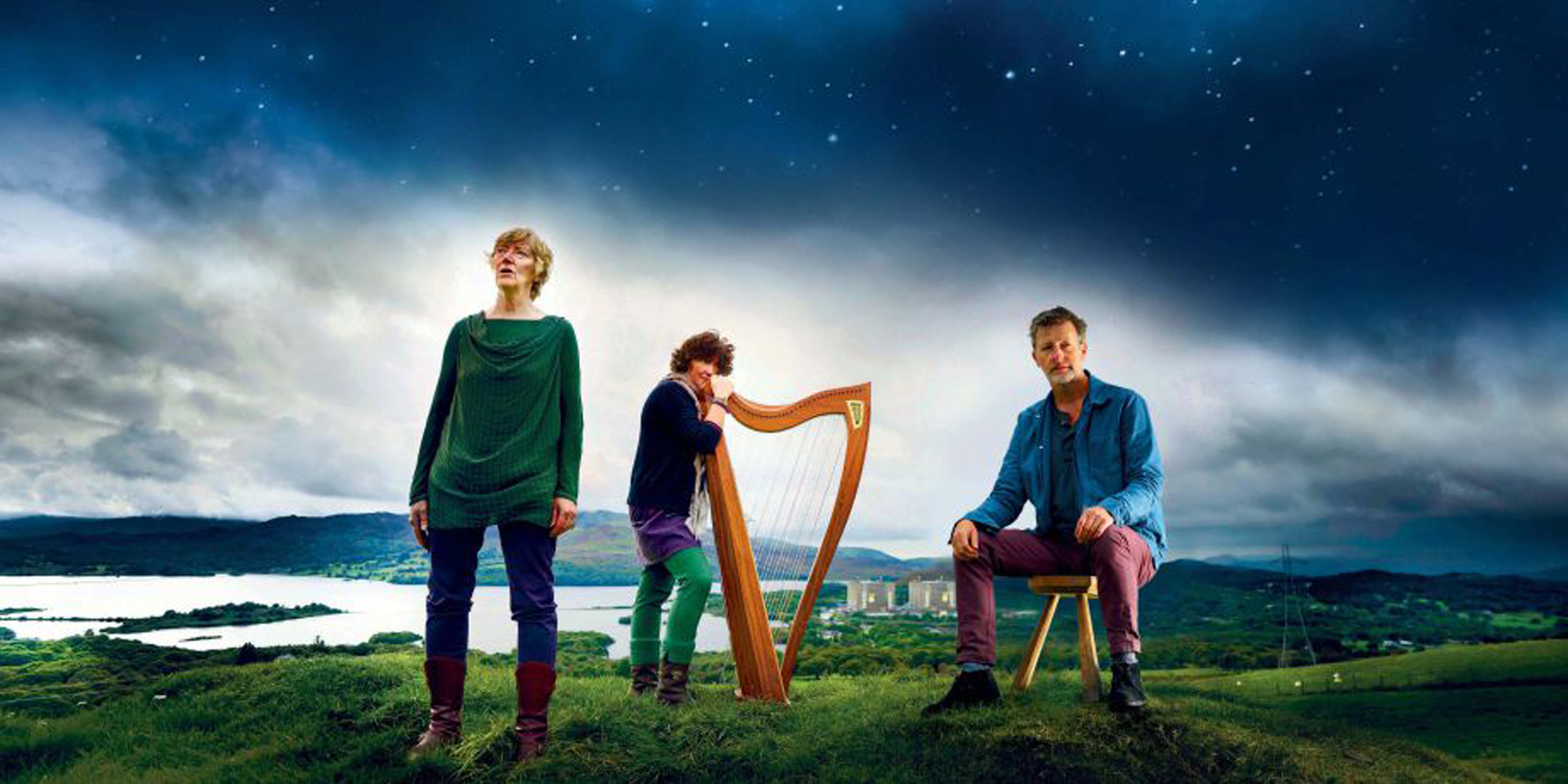Blog:
Michael Harvey
The storyteller on a new performance of the ancient Celtic legend of the Fourth Branch of the Mabinogion
Dreaming the Night Field tells one of the weirdest stories you will probably ever hear. The characters behave like normal people one minute, plotting, scheming and falling in love, and then suddenly they shape-shift into different people or animals. Beautiful objects and marvellous creatures are conjured from seaweed or mushrooms and as a grand finale a woman is created from flowers, which sets off a whole sequence of jealousy, revenge and death.
On the face of it you would expect all this magic and mystery to make the story seem distant and otherworldly but, strangely, the opposite is true. Somehow our ancestors who put this story together did it in such a way that we recognise ourselves in the characters, no matter how strange or transformed. Their short-sightedness, irrationality, longing and short-termism are all too familiar, as is their love of food, companionship, art and their keen eye for stuff and bling.
Unlike Hollywood-type genres that telegraph where your sympathies should lie, these stories just show you what happened and you have to work it out for yourself like a grown-up. The characters’ shortcomings are clear enough to see and you’ll find yourself full of scorn and indignation one moment because of a character’s actions, and deeply moved the next.
Getting this show together has meant I have found myself doing some very new and different things. The production partner is the stunning Felin Uchaf centre right on the end of the Llŷn Peninsula (the pointy bit at the top that faces Ireland) and we have been in residence there a few times, from the early site visits to preparing the piece and mixing voice, music and story in ways we’ve not done before. Scariest of all for me, I ended up singing in front of people who can actually sing! The centre seems to inhabit a strange timeless dimension and it took us right away from a to-do list attitude to creativity – our plans were undermined by serendipity and the sheer beauty of the place.
What’s the point of having a spear if you don’t actually chuck it at something?
Once we came back from a site visit to the place where the hero throws his spear at his wife’s fancy man who was hiding behind a stone slab (which is still there, set in concrete with a big hole in the middle) and the centre director, Dafydd Davies-Hughes, strolled up and asked: “Fancy making a spear?”. How could we refuse? The centre’s forge was fired up and before long we were bashing an iron rod into a passable excuse for a spearhead. Then we set to, busily whittling away with a huge double-handled, curved knife trimming an ash branch into a spear shaft. Dafydd did the tricky bit of attaching blade to shaft and then asked: “Shall we see if we can throw it through a slate?” Well, what’s the point of having a spear if you don’t actually chuck it at something? We all took turns and I am pleased to say that, yes, if you throw a spear at a slice of rock it will go straight through, just like the story says. It’s just as well we didn’t try some of the other things that go on in the story – come and see the show and you’ll see what I mean!
I’m not a great fan of shoehorning contemporary issues into ancient material but in this show it is the other way round. The material fairly rubs your face in issues of scientific hubris, gender roles, our presumed separation from the planet we live on and the other species we share it with.
The story is also fascinating for what it doesn’t contain. It has no religion at all. God only appears in the occasional phrase to provide emphasis and nobody prays, there are no priests of any kind and nobody tells anyone else what to do based on some creed or holy book. There is no sense that any moral or object lesson is being given, other than that the world is deeper and more complicated than we think and our actions can have some pretty major consequences, especially if we are resorting to anything magical.
Dreaming the Night Field is an Adverse Camber production and part of Settle Stories. It’s now touring, visiting the Capstone Theatre, Liverpool (12 Oct), Carriageworks Theatre, Leeds (13 Oct) and Chester Literature Festival (14&15 Nov)
